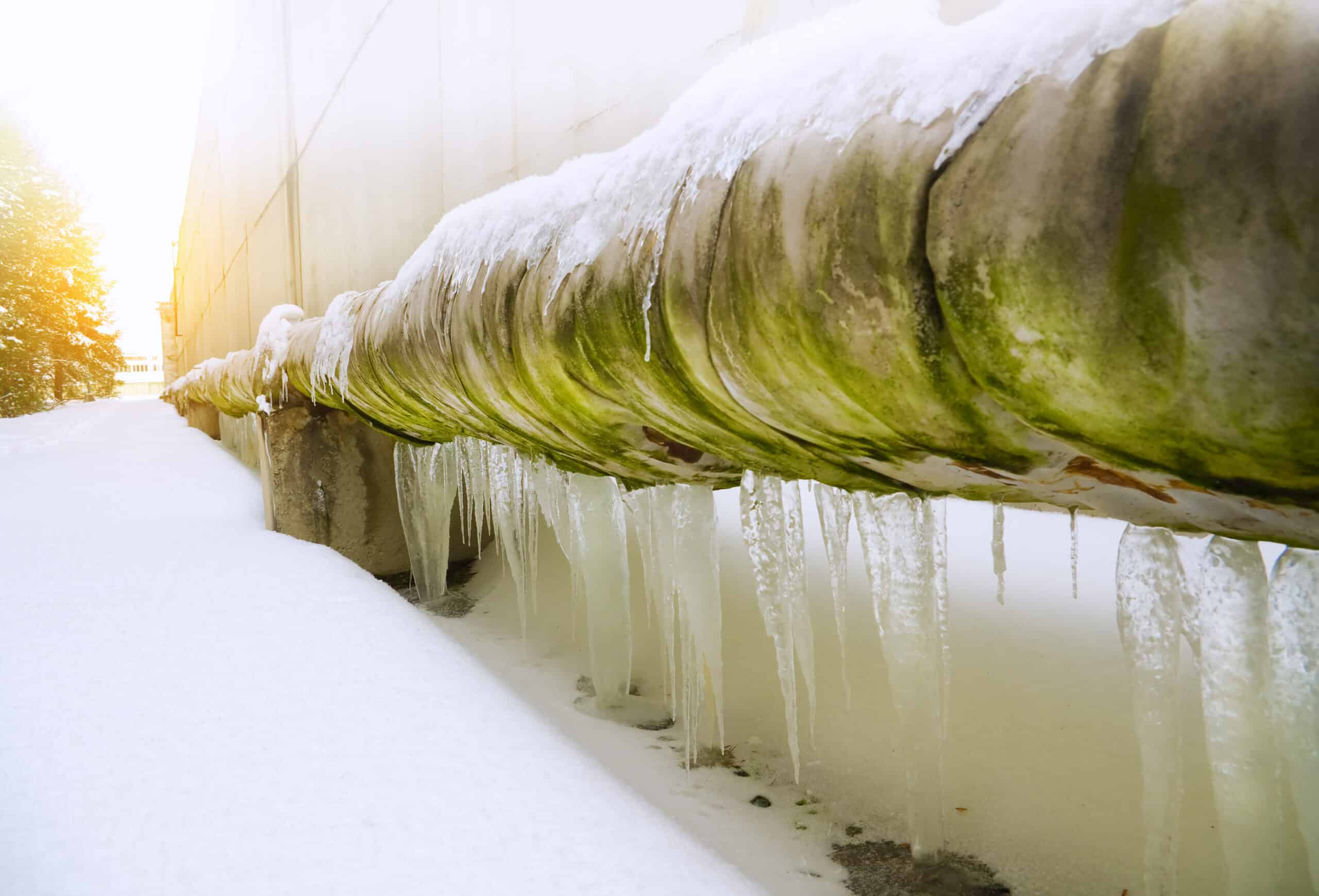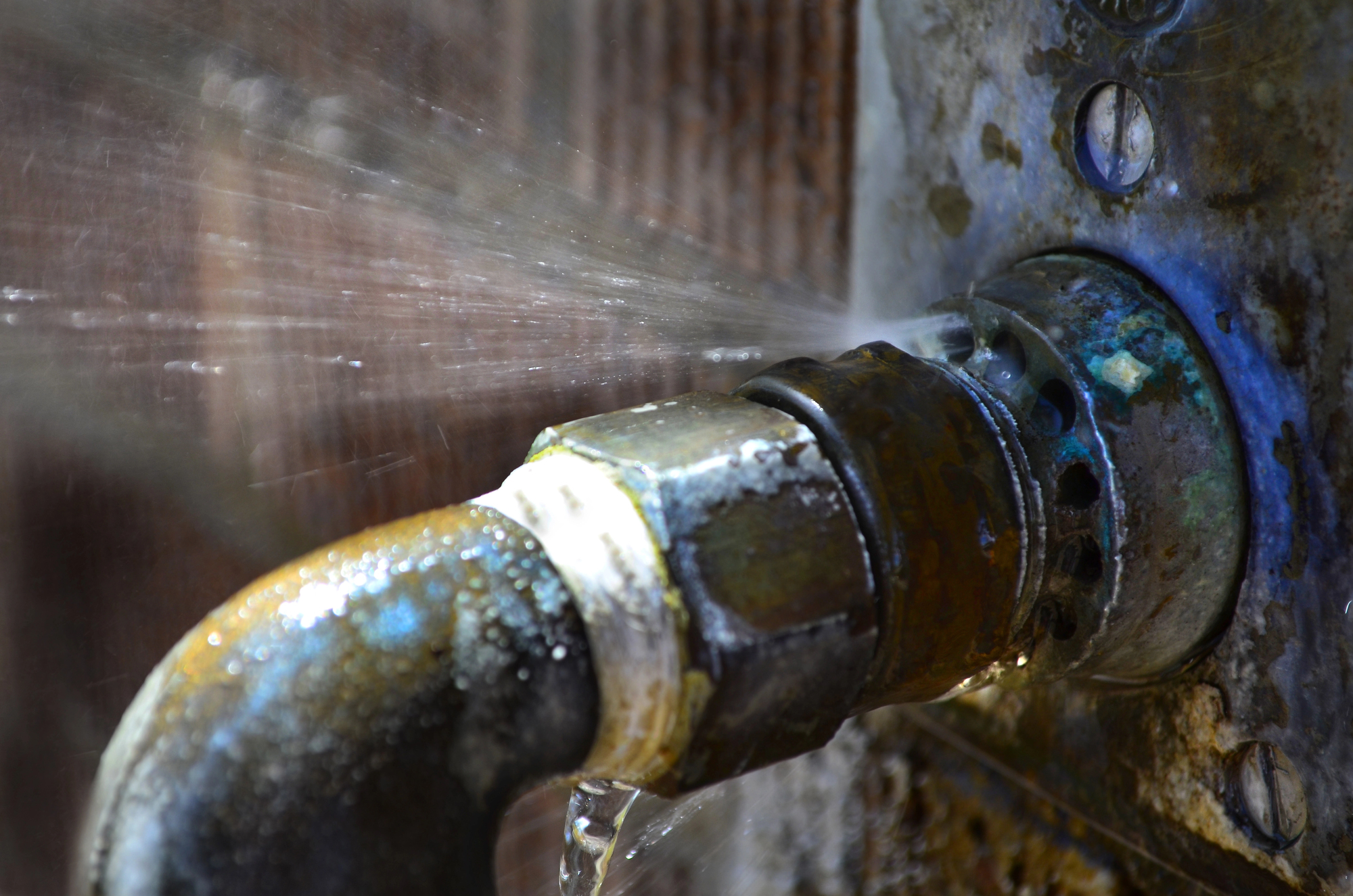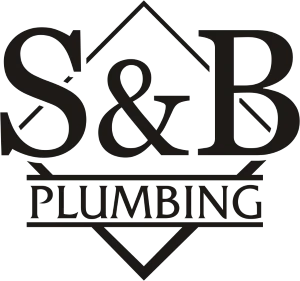Winter’s chill can bring more than just frosty mornings—it can freeze your water pipes too! If your plumbing isn’t properly winterized, you might face unexpected issues. Identifying the early signs of freezing pipes can save you from major headaches and costly repairs later on. In this blog, we’ll explore common indicators that your water lines might be freezing and offer tips to address them before they cause serious damage. Stay ahead of the cold and keep your home running smoothly!
Signs of Freezing Pipes
Sign 1: Reduced or No Water Flow

One of the earliest signs of freezing pipes is reduced or no water flow. As temperatures drop, ice can form inside your pipes, causing them to narrow and restrict water movement. Initially, you might notice a slow trickle or reduced pressure from faucets. If the ice buildup becomes severe, water flow can stop entirely. This is a crucial early warning because it indicates that ice is obstructing the pipes, potentially leading to a burst if not addressed promptly. Monitoring your water flow during cold weather can help you catch and resolve the issue before it escalates.
Sign 2: Frost on Pipes
Visible frost on exposed pipes, especially in unheated areas like basements, attics, or crawl spaces, is a clear sign that your pipes may be freezing. Frost forms when the surface temperature of the pipe drops below freezing, causing moisture in the air to condense and freeze. This external frost indicates that the internal temperature of the pipe is also dangerously low and may already be at risk of freezing solid. If you see frost on your pipes, it’s important to take immediate action to warm them up and prevent potential bursting, as the ice inside can block water flow and cause significant damage.
Sign 3: Strange Noises in Pipes
Strange noises like whistling, banging, or clanging coming from your pipes can be a sign of ice buildup and freezing pipes. As water freezes inside the pipes, it expands, increasing pressure and creating unusual sounds. Whistling often results from water struggling to pass through narrow or blocked sections, while banging or clanging can occur as ice causes pipes to shift or bang against supports. These noises indicate that ice may be obstructing or damaging your plumbing. Paying attention to these sounds can help you address potential freezing issues before they lead to more serious problems, like pipe bursts or leaks.
Sign 4: Unusually Cold Walls or Floors
If you notice unusually cold spots on walls or floors, it could indicate that pipes behind these surfaces are freezing. Water lines running through uninsulated or exterior walls, and under floors, can cause these areas to feel colder than the rest of your home. Cold spots suggest that ice may be forming in the pipes, affecting the temperature of nearby surfaces. Addressing these cold areas promptly can help prevent severe freezing and potential damage, ensuring your pipes remain functional and your home stays warm.
Sign 5: Unpleasant Odors from Drains
Unpleasant odors from drains can indicate ice blockage in your pipes. When ice obstructs the flow, wastewater can’t drain properly and may sit stagnant, causing foul smells to seep back through your drains. Blocked pipes can also trap debris and organic matter, which contributes to the unpleasant odors. If you detect unusual smells coming from your drains, it’s a sign that ice may be disrupting your plumbing, and prompt action is needed to prevent further issues and restore proper drainage.

Sign 6: Visible Pipe Bulging
If you see pipes bulging, it’s a strong indicator of ice expansion inside them. As water freezes, it expands, exerting pressure on the pipe walls and causing them to swell. This bulging is a serious warning sign that the pipe is under significant stress and may burst if the ice isn’t addressed. If you notice bulging pipes, take immediate action: turn off the water supply, and carefully warm the affected areas using a hairdryer or space heater. Be sure to avoid using open flames or high heat.
Preventive Actions
If you notice signs of freezing pipes, you should act quickly. Beyond turning off the water supply and warming the areas, you can insulate exposed pipes with foam sleeves or wrap them with heating tape. Keep your home heated to at least 55 degrees, especially in unheated areas. Open cabinet doors under sinks to allow warmer air to circulate around pipes, and seal any gaps or cracks near pipes to prevent cold air from entering. Make sure to regularly check and maintain your plumbing to minimize freezing risks during cold weather.
Choose S&B Plumbing
S&B Plumbing specializes in addressing frozen water lines with expert solutions to thaw pipes and prevent future issues. Our team offers comprehensive plumbing services, including leak repairs, pipe insulation, and emergency response for burst pipes. With our expertise, S&B Plumbing ensures your home stays protected from cold weather damage and maintains reliable, efficient plumbing throughout the year. Contact us today to book your appointment.
